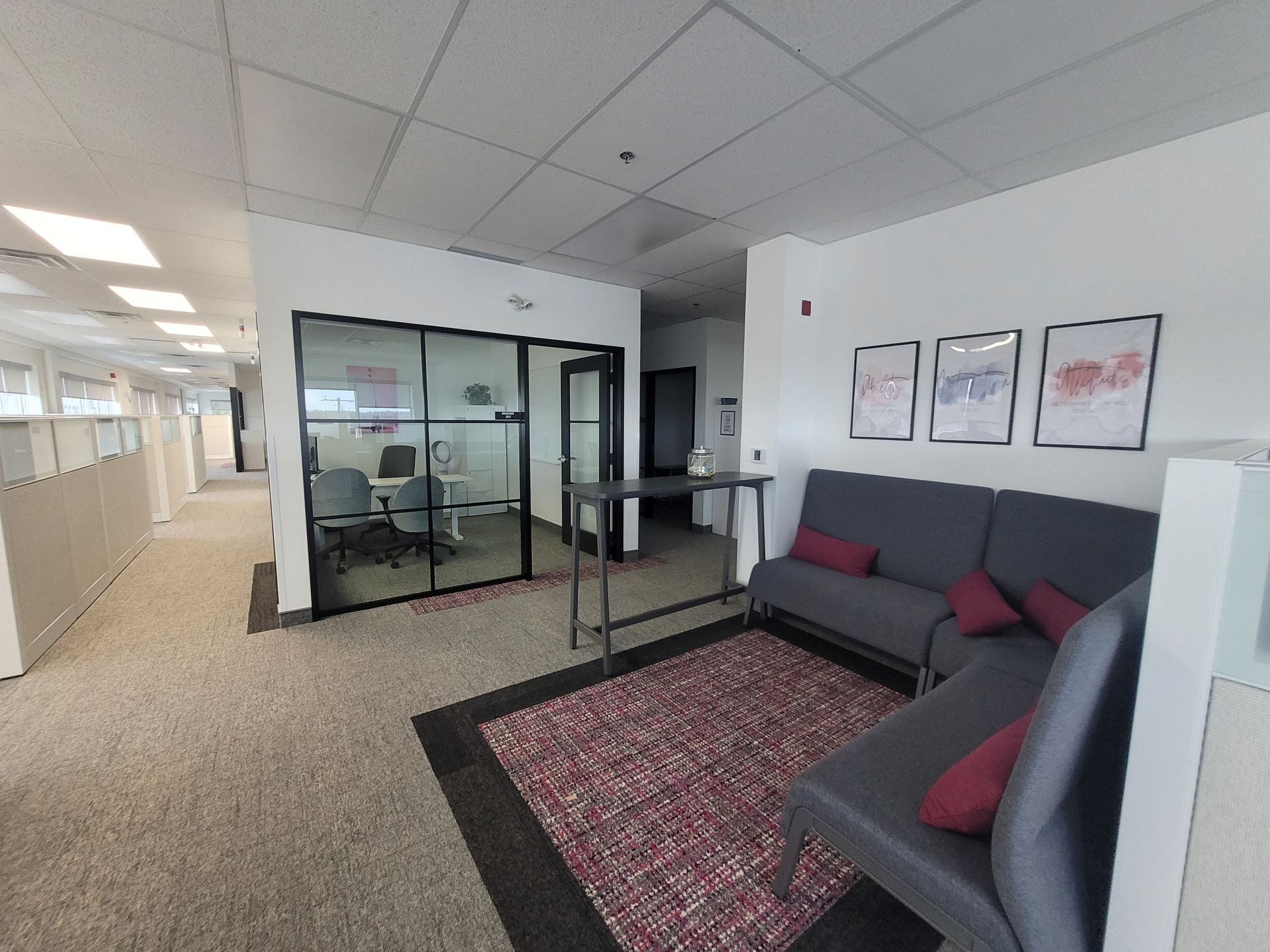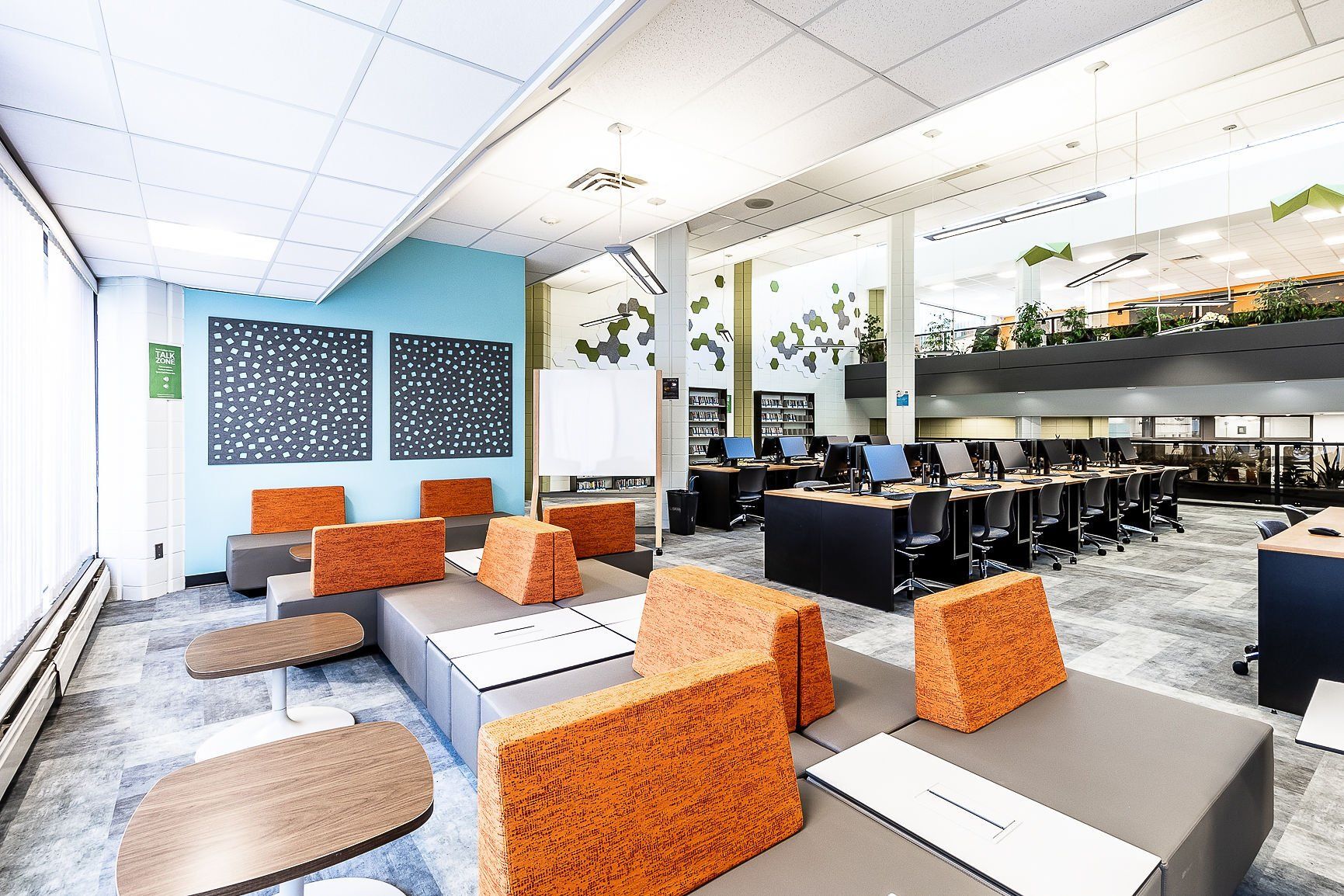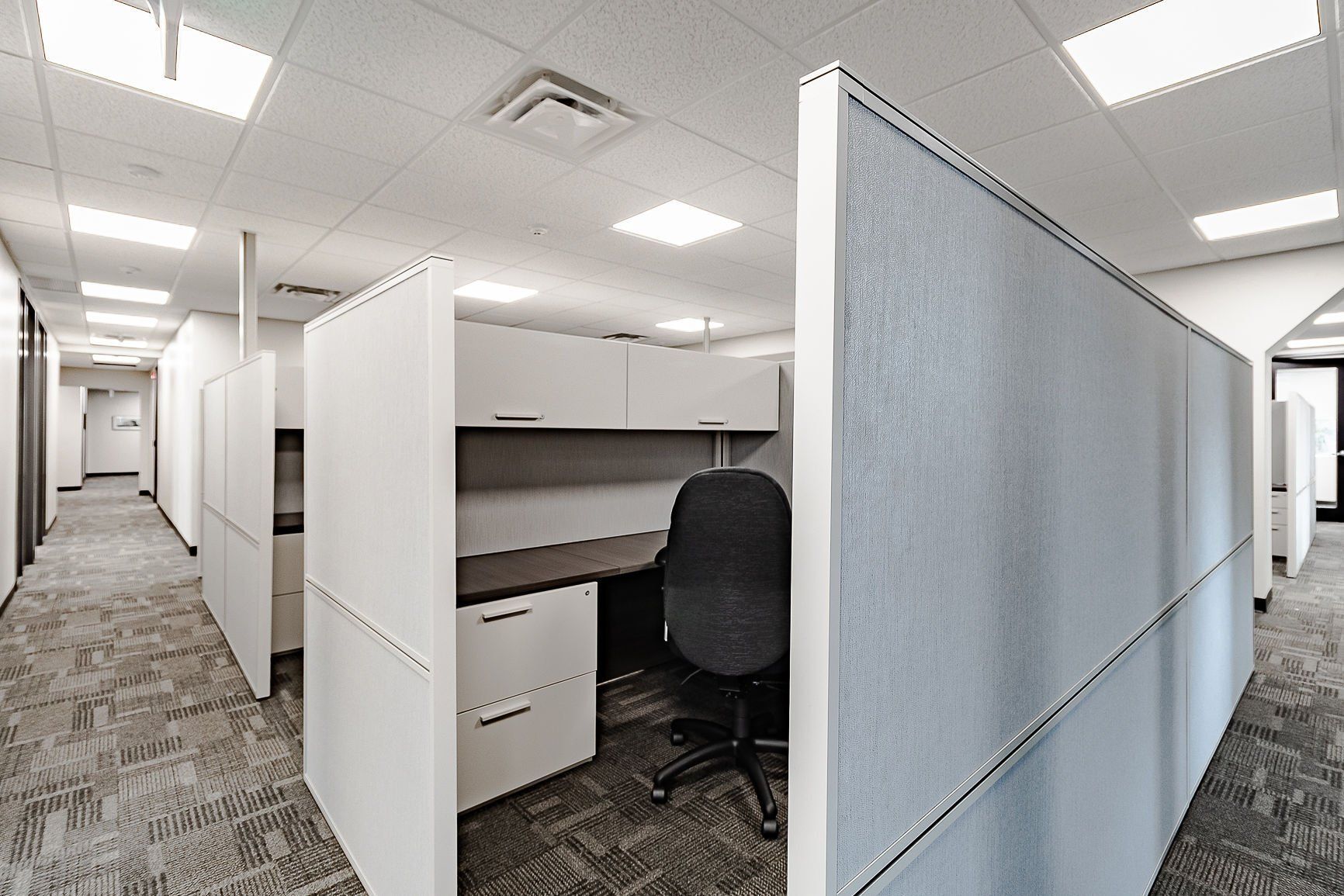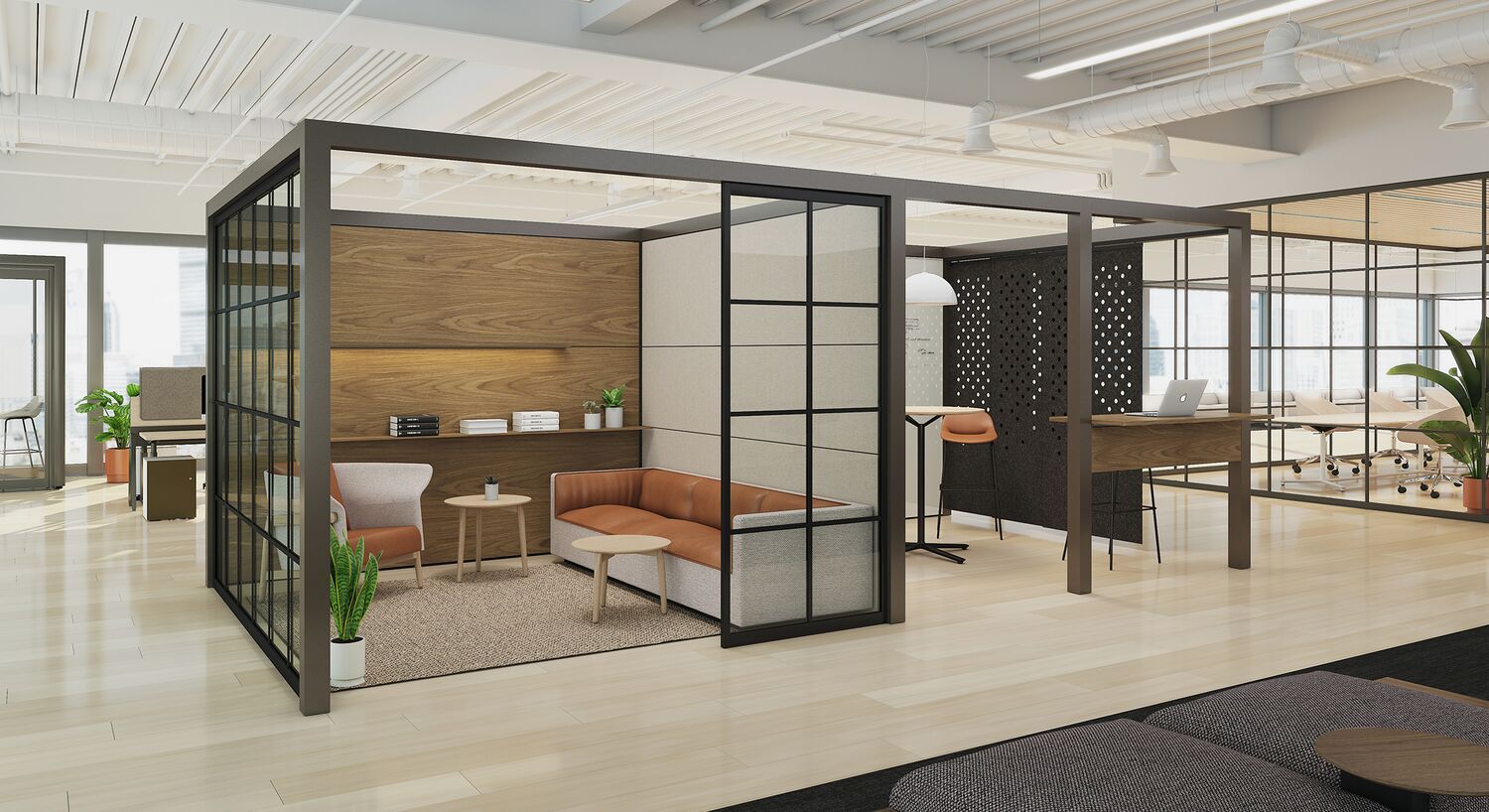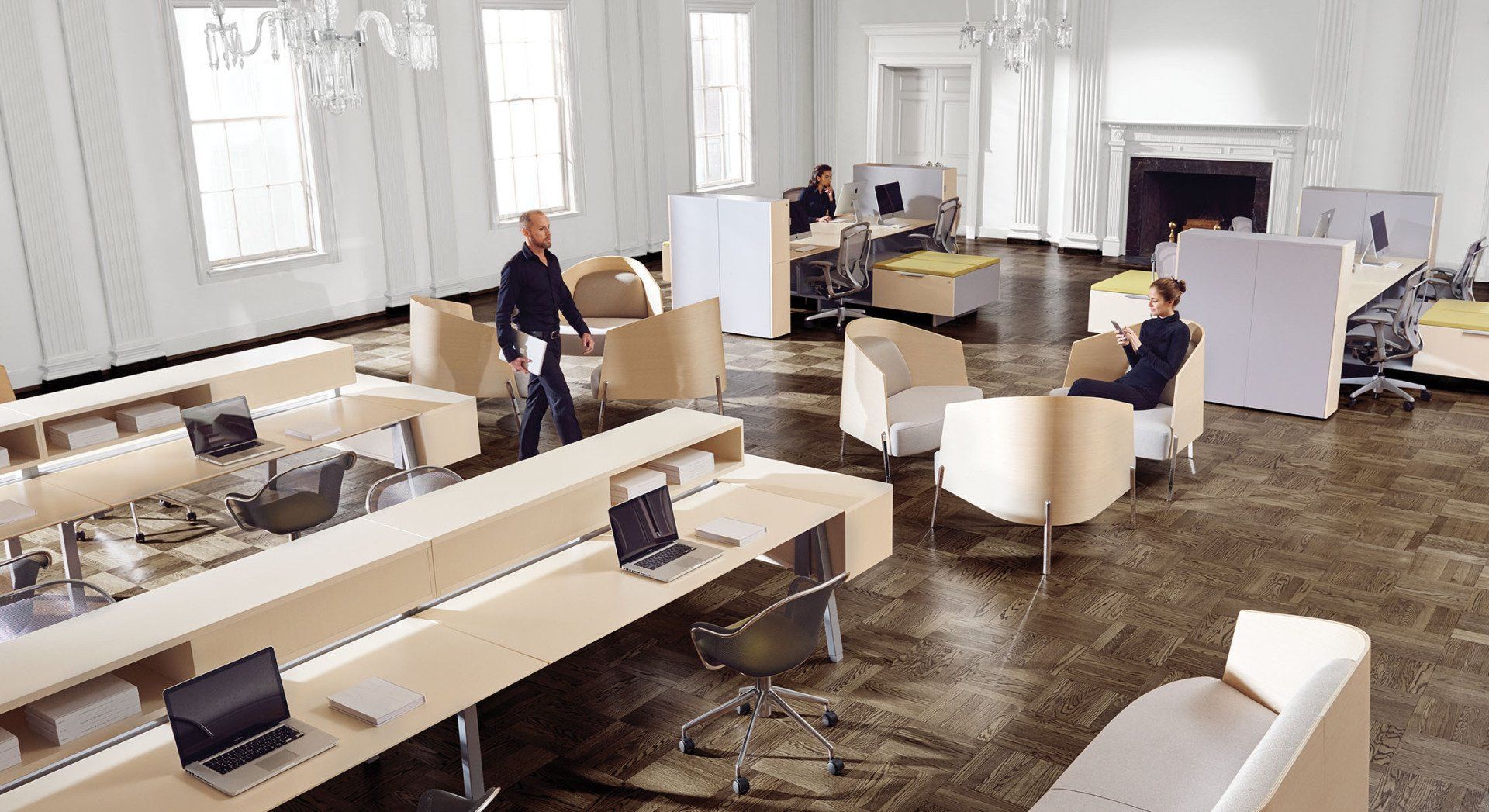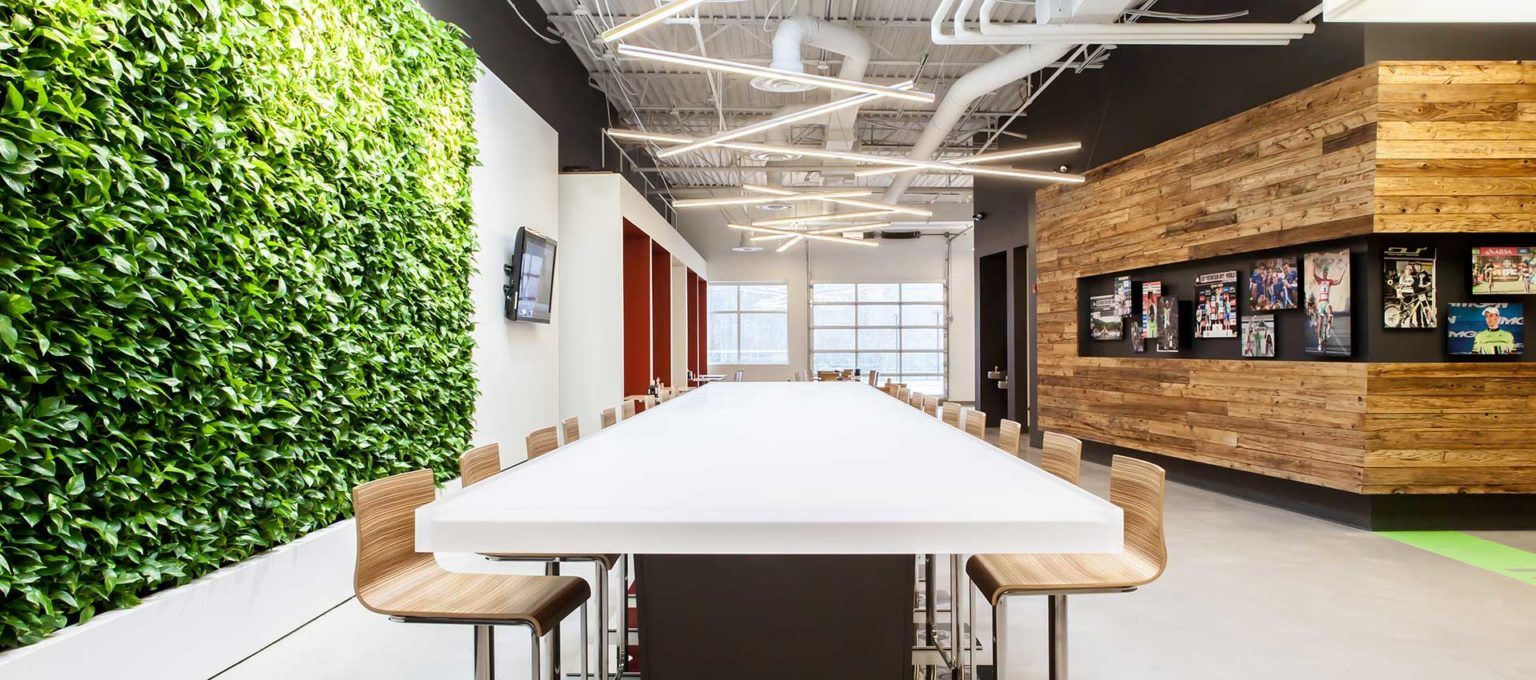2022 - Interior Design Trends for the Modern Office
Office design trends have changed significantly due to the COVID-19 pandemic. Throughout the world, more and more companies continue to incorporate sustainable work practices, technological innovations and a focus on employee wellbeing to shape the way we live and work.
In 2022, flexibility, functionality, and comfort will be the main focus for modern office design.
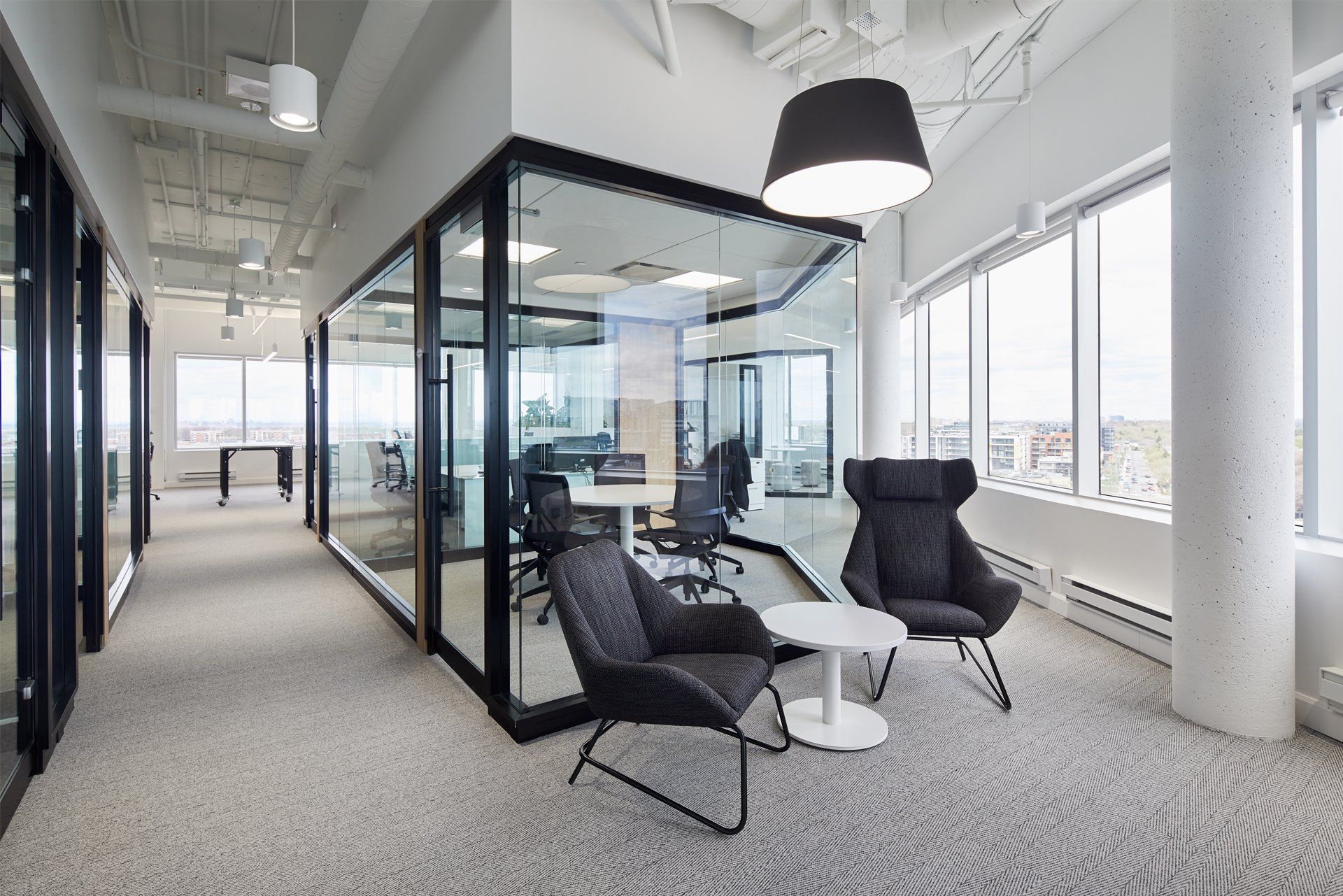
Photo: Artopex (Fjord)
Flexible Workspaces - The last two years have shown that people are able to work from pretty much anywhere, so it is important for businesses to create flexible workspaces that can adapt to each individual's way of working. Businesses will need to be smart with workplace design to ensure their spaces can be used in multiple ways and promote flexible work styles. It is no longer enough to plan for "x" number of desks. Workplace designs should ensure flexible spaces (rather than allocating everyone into an individual desk) by using open worktables, individual workstations and soft spaces and allow for employee choice. Implementation of unassigned work stations, cafe areas, casual areas with couches, formal conference rooms, quiet areas or pods, and gathering spaces for employees to work will create a dynamic office environment for employees to increase productivity levels and boost engagement.
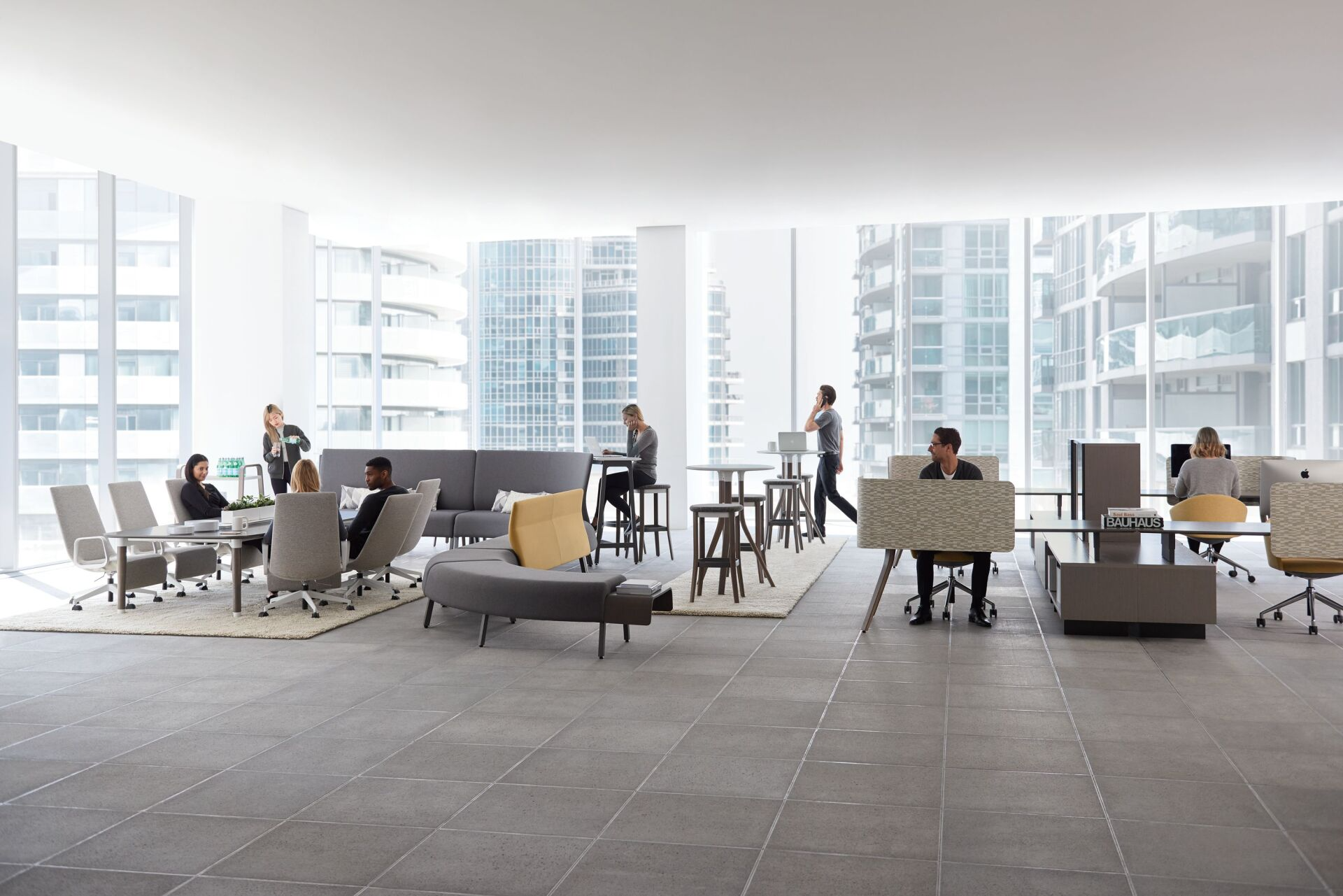
Photo: Teknion
Wellbeing and Human Based Design – The pandemic has accentuated the value of our individual staff members, and of the importance of their health and wellbeing in the productivity and profitability of any company. With businesses now taking into account both the mental and physical health of their employees, the office design sector is taking note. Design measures such as social distancing elements, furnishings, flow management, handwashing and sanitization stations not only guard against illness, but also assist in alleviating any anxieties staff members might have about returning to the workplace. Along with the above measures, offices are incorporating elements such as biophilia, cleaner air ventilation and greater areas of natural light.
Designs using wellbeing certifications such as WELL reassure staff they are returning to safe workplaces.
We also see 2022 as the year we bring the benefits and comforts of home into the workplace. People have become used to working from the comfort of their own home, so comfort definitely needs to be a top priority for your office. Adding elements such as area rugs and soft seating are great examples of achieving this. Design emphasis is also being made on noise reduction and quiet zones/pods. Sound absorbing elements like carpeting, acoustic partitions, plants and white noise are all great options to achieve a quieter atmosphere.
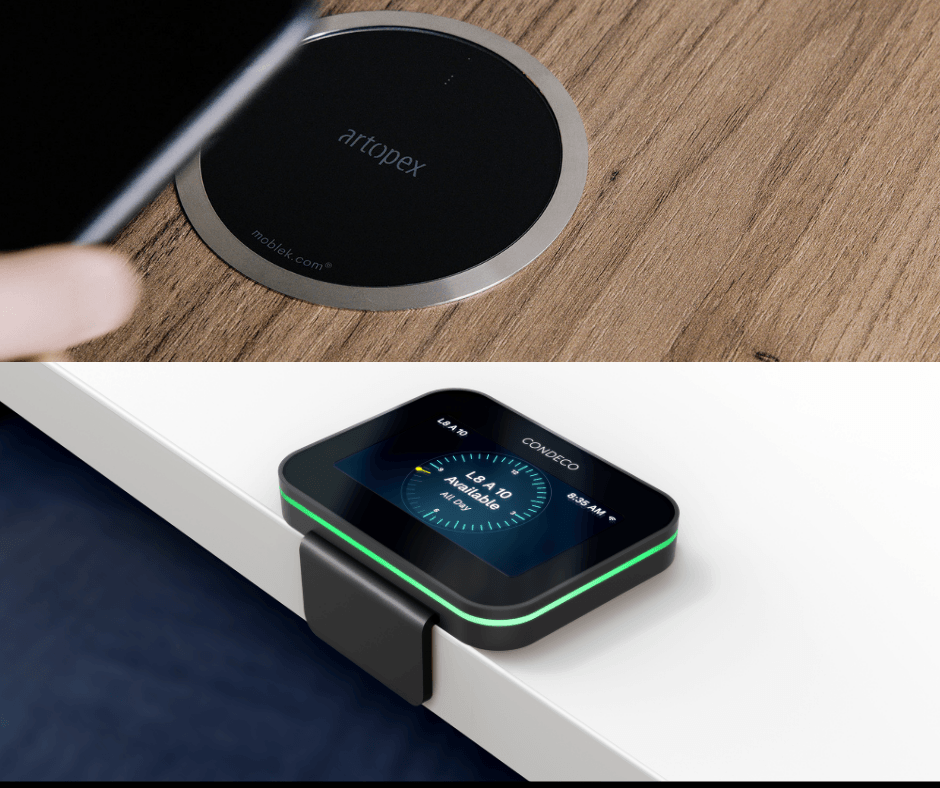
Technology and Smart Offices – Remote working has determined and increased our reliance on digital information. These technologies and innovations are now becoming rapidly incorporated into the design of our office spaces and buildings.
Smart workspaces are using digital sensors to monitor and respond to things like occupancy, air quality, natural light levels and more. Touchless doors and fixtures help keep employees safe and allow them to move around the spaces easily. Desk booking apps help maintain a smooth flow of staff ensuring only one person touches a particular desk each day and assist with social distancing. Other items that are becoming common in the design of workspaces are wireless chargers, voice activated equipment and video conferencing collaboration tools.
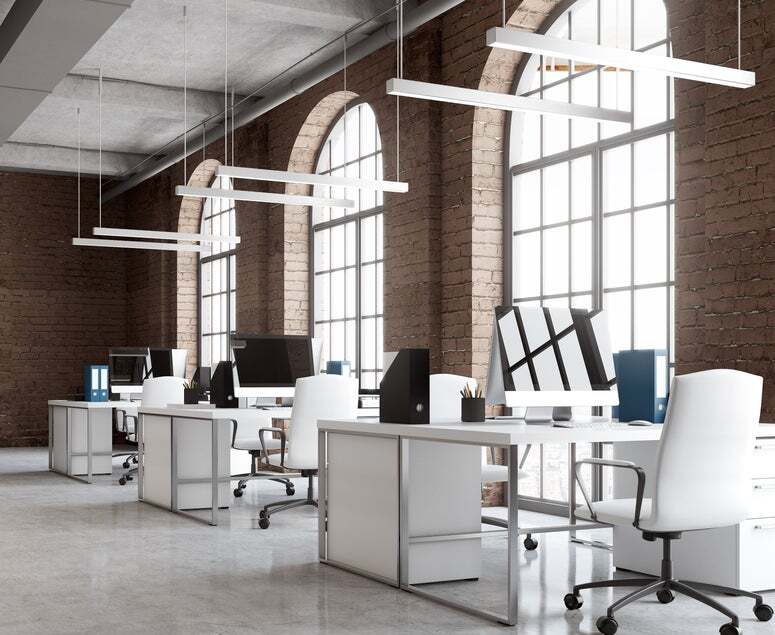
Photo: Warehouse-Lighting.com
Sustainability - Environmental impact of materials is becoming increasingly important to employees, employers, and designers alike. Being eco-friendly means that every item you purchase for your space is thoughtfully chosen to not negatively impact the environment. Work with eco-conscious manufacturers that use products from sustainable materials and are carbon neutral.
Aside from sustainable materials, an eco-friendly office should focus on energy efficiency. LED lighting and increased access to natural lighting are not only energy efficient, but also increase productivity for employees. Designs using sustainable processes and certifications such as LEED ensure that the most up to date technologies and guidelines are being put into place.
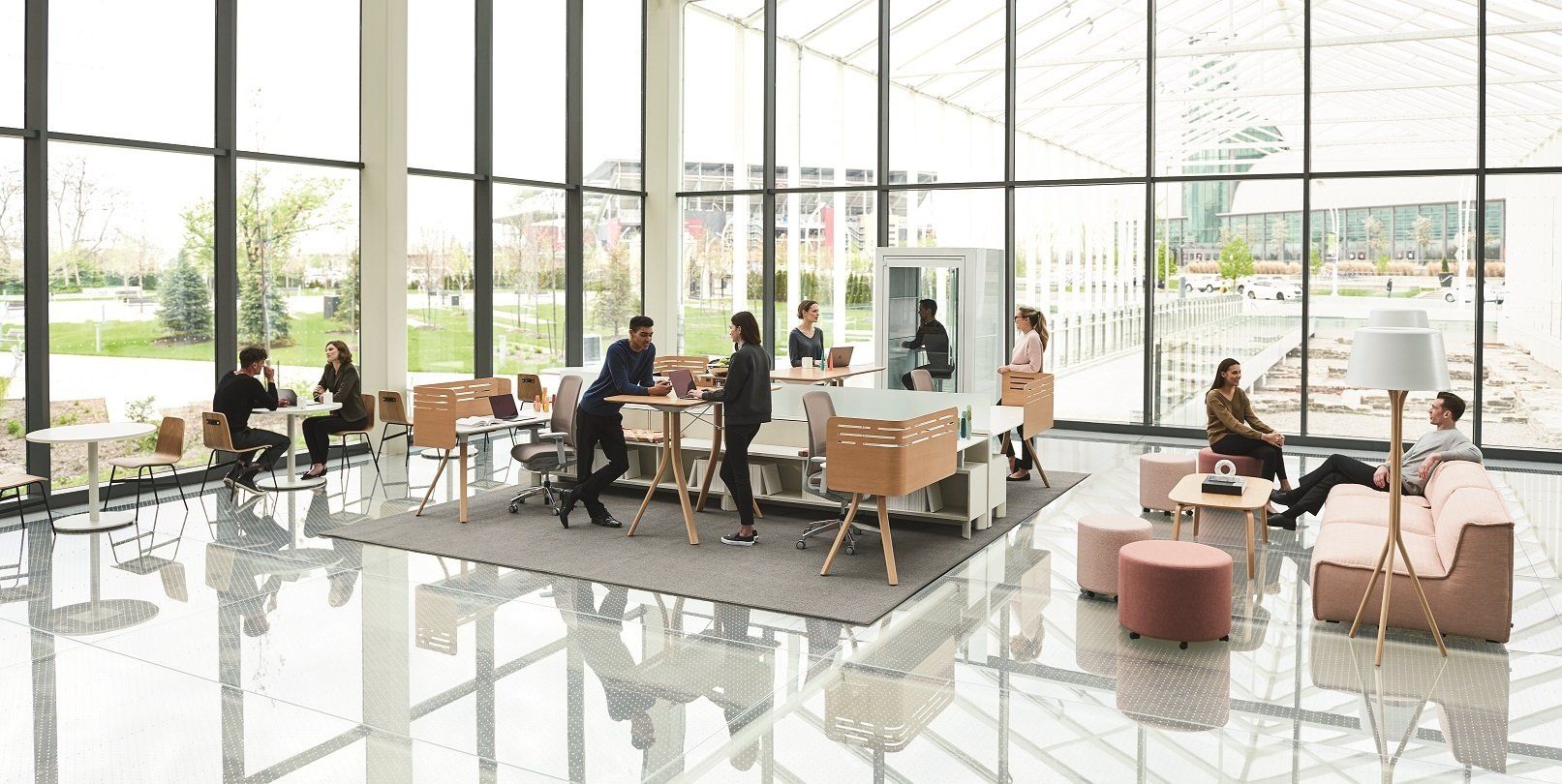
Photo: Teknion - Leverage with Zones
Connectivity and Community – One of the biggest changes to the modern office is that it is no longer just a place with a desk – offices have become a destination. For many, a day in the office has become a refreshing opportunity to see friends and coworkers , to be inspired, to collaborate and to re-connect. This means that office design models will include a focus on amenities and communal experiences. This design trend has accelerated with the impact of Covid 19 and will continue to influence the way we view work and workplace design.
If you want to find out how the latest office design trends can benefit your workplace, contact one of our interior design professionals.
Contact Us
